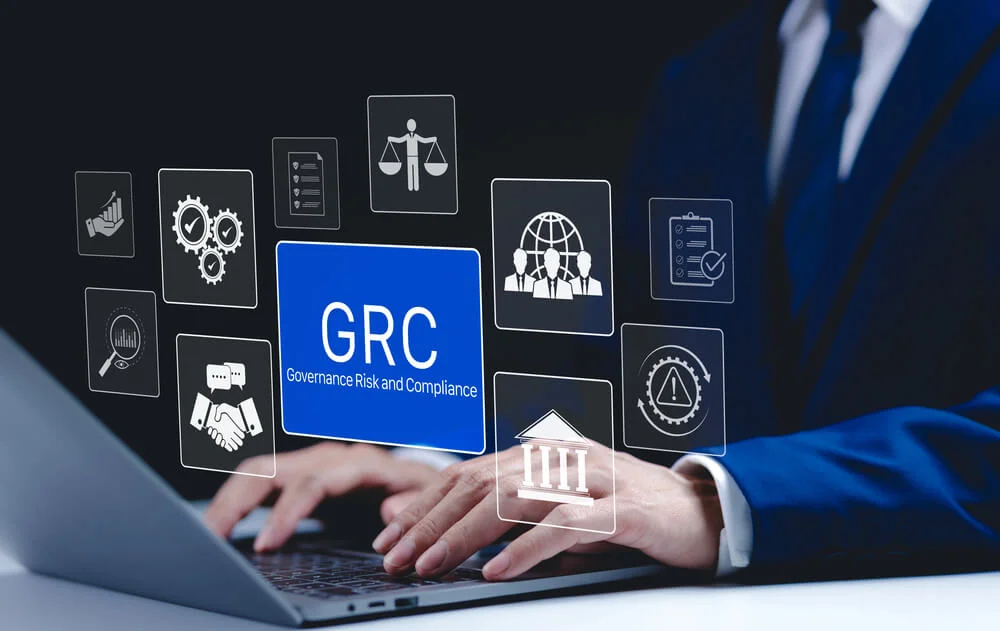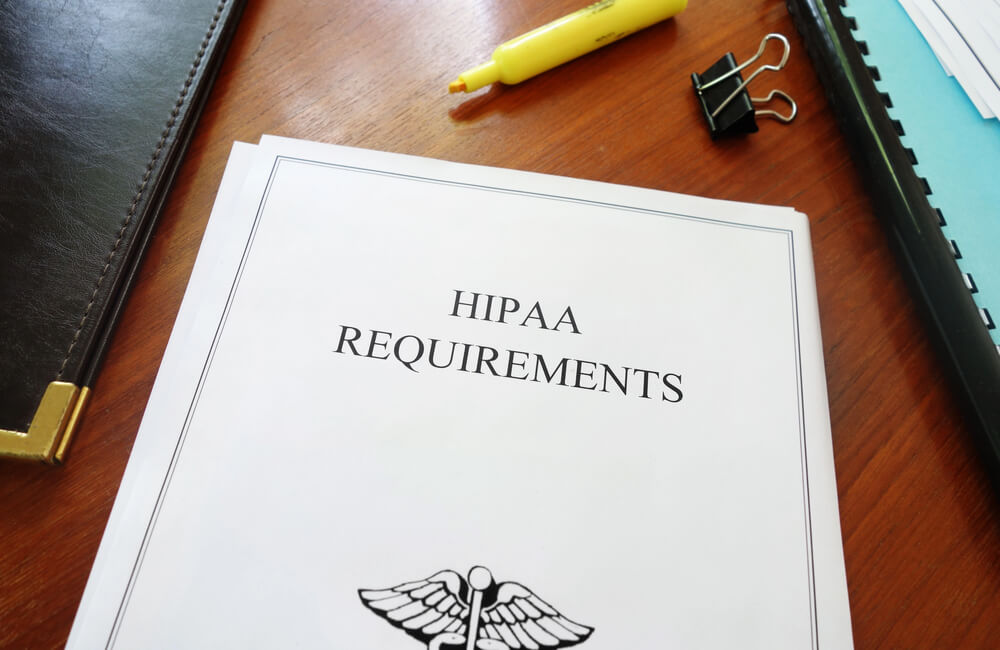What Is a Compliance Audit?
Organizations must undergo routine compliance audits to ensure that they are adherent to regulatory, statutory, contractual, and legal requirements. During an audit, the policies and practices of an enterprise are reviewed to confirm that they satisfy necessary compliance measures. The components that are examined during a compliance audit vary depending on the types of data a company handles, whether any sensitive financial or private data is transmitted and stored, and whether an enterprise is public or private.

The Importance of an Internal Compliance Audit
Considering the breadth of regulatory bodies that exist, internal compliance audits are necessary to ensure that an enterprise is following all obligatory requirements. Within healthcare, there are over 600 regulatory requirements that are governed by four federal agencies in the U.S. Even more daunting, over 750 regulatory bodies scrutinize the practices of financial institutions.
Internal compliance audits should be conducted throughout the fiscal year to uncover any vulnerabilities that can potentially lead to internal and external compliance breaches. A sound compliance audit should be ongoing and be sensitive to identifying practice areas that are not adherent to regulatory requirements. Audit reports should be thoroughly analyzed, and, if need be, policies should be updated if significant compliance issues are discovered.
The General Procedure of an External Compliance Audit
An external audit is a formal process that follows a specific format depending on the specific regulation being assessed. Either an independent third party or governing regulatory body carries out an external audit. The audit report will measure how compliant an organization is with federal, state, and corporate rules and standards. Results are used to assess if noncompliance is evident and whether fines are necessary.
The general audit comprises the following steps:
- Planning: The auditor determines applicable policies and procedures that will be assessed. Auditors may also review prior external and internal audit results.
- Notification: The regulatory body or third party will notify the appropriate department about the upcoming compliance audit and its purpose.
- Initial Meeting: Management and other necessary personnel will meet with the auditing body to discuss the purpose and objectives of the audit.
- Fieldwork: The auditor performs pertinent tests and personnel interviews to assess compliance.
- Report Development: A report is drafted to include the scope of the audit, relevant background details, findings of the audit, and recommendations for corrective action.
- Management Response: After the initial report review, management provides an action plan and corrective steps, if necessary.
- Closing Meeting: Audit results and management responses are reviewed and discussed. Any questions that arise are addressed.
- Follow-Up: About six months after the initial audit report, a follow-up review may be carried out to determine if corrective action was successfully implemented.
Automation for a Successful Compliance Audit
To pass an external audit, an organization’s chief security officer must be on top of compliance preparations, risk management procedures, security policies, and user access controls at all times. Automated compliance tools can help ensure that your security team maintains constant vigilance on your organization’s regulatory requirements.
At Compyl, our all-in-one Information and Compliance Automation Platform allows your business to stay compliant with all necessary regulations and pass your next compliance audit. Contact our team for more information.




